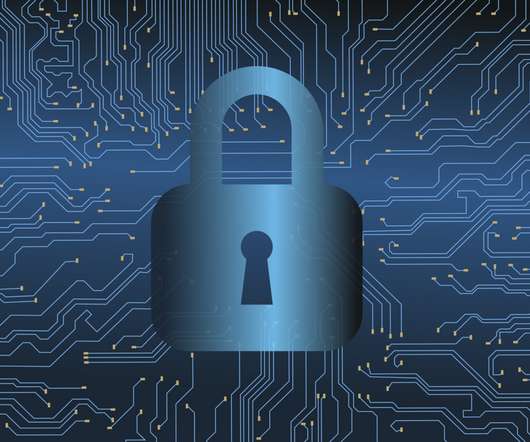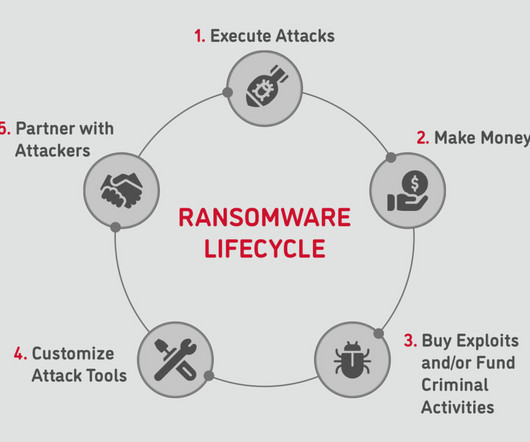What is a Cyberattack? Types and Defenses
eSecurity Planet
JUNE 16, 2022
Also read: Best Antivirus Software of 2022. billion malware attacks were identified by the report. These new attacks affect everything from private citizens and businesses to government systems; healthcare organizations; public services; and food, water, and fuel supply chains. Also read: Mobile Malware: Threats and Solutions.












Let's personalize your content